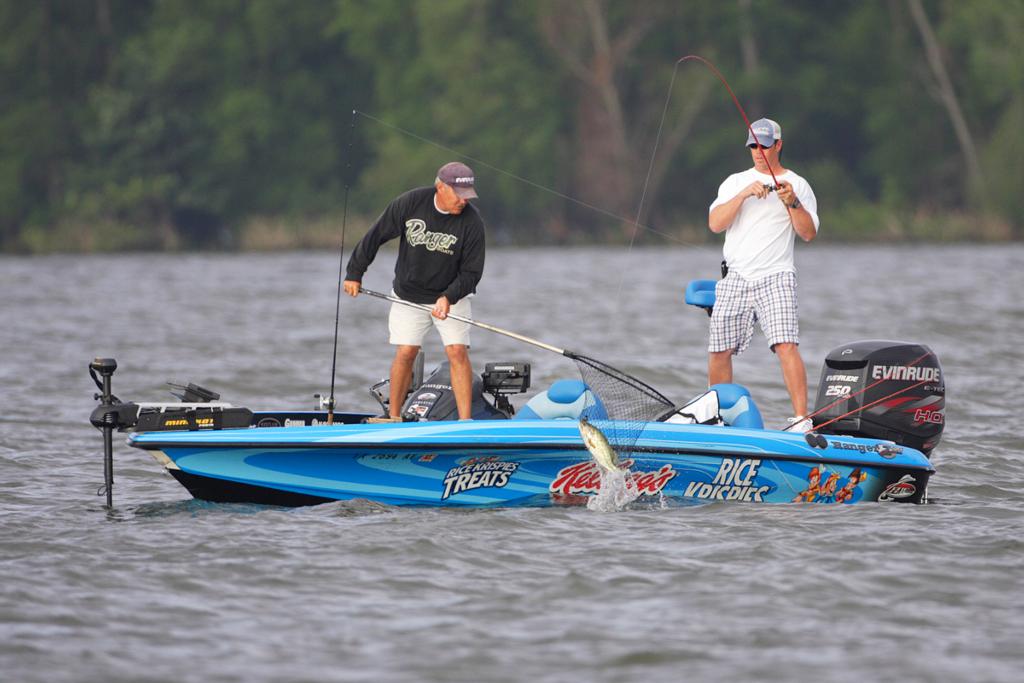Pro Tips Weekly: Jim Tutt
Lighten up on line size for more bites

There was a time when just about all fishermen used heavy line to fish worms or soft plastics because they believed they had to really rear back to set a hook or get a fish out of heavy cover fast. In some instances that’s still the case, but considering today’s fishing line and the sharpness of modern hooks, most of us don’t need to be fishing heavy line.
I use 10- or 12-pound test Gamma fluorocarbon for most of my worm-fishing. It doesn’t stretch, so I get better hooksets, and I seldom break off a fish because I’m more careful. What I get in the tradeoff is more bites, especially in clear water. I don’t know that a bass sees line as line, but it sees it as something that isn’t natural and that might make it shy away. The smaller line also allows the bait to work better.
My Texas rig is fluorocarbon line, a tungsten weight – because it’s correspondingly smaller than a lead weight and more sensitive to boot – a high-quality 3/0 hook and whatever the soft plastic of the day is. I also add a bobber stopper to my line just above the hook and between it and the sinker. If you fish heavy grass or wood cover, you’ll want a whole different rigging system. But if you’re the average guy who mainly fishes soft plastics in open water, downsizing your line will result in more bites and, hopefully, more fish in the boat.
—- Kellogg’s Rice Krispie Treats pro Jim Tutt, Longview, Texas